Equipment
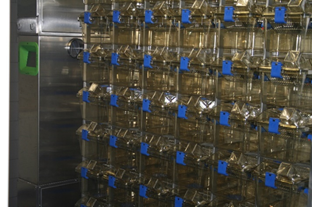
The system of choice of the type of the IVC (Individually Ventilated Cages) for a mouse
The cages are equipped with a HEPA filter, which allows you pătrundera the air at the same pressure, velocity and temperature in each of the cages.
Haematology analyser (Hemavet 950 FS, Drew Scientific Group)
The automatic analyzer is used for the determination of haematological parameters in laboratory animals (mice, rats, rabbits, guinea pigs, and rabbits).
It can sort through 20 hematologic values : WBC, NE#, NE%, LY#, LY%, MO#, MO%, EO#, EO%, BA#, BA%,RBC, Hb, HCT, MCV, MCH, MCHC, RDW, MPV, PLT.
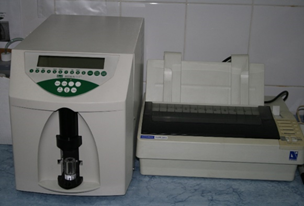
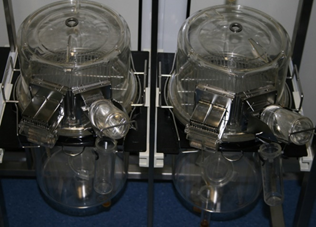
The metabolic cages for mice and rats.
In a metabolism cage to measure the intake of food and water, as well as the separation and collection of the urine, and feces are used for the various tests in the qualitative and quantitative information.
Ultrasound in laboratory animals. VEVO 210 Ultrasound System
Ultrasound is an imaging technique which provides information on anatomy and physiology in real-time. The VEVO 2100 is a easy-to-use, non-invasive and fast. It is used for the ultrasound of the cardiac muscle in mice and rats.
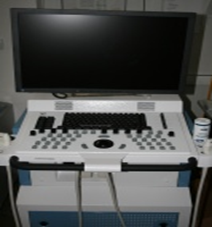
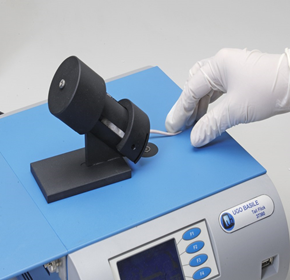
The Tail-Flick
The tail-flick test is a test of nociceptive used in the rodent brain. The test involves the application of a stimulus to the hot on the tail of an animal (mouse or rat), and recording the time required for the animal to withdraw its tail.
Plethysometer
A device for the measurement of the volume of the foot, and the occurring changes (swelling) in the rodent brain. A useful tool to assess the inflammatory response in experimental models and in order to evaluate the potential anti-inflammatory or antiedematoase of the tested compounds.
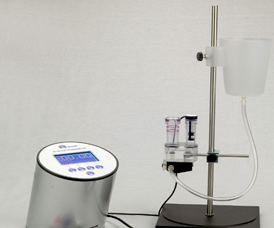
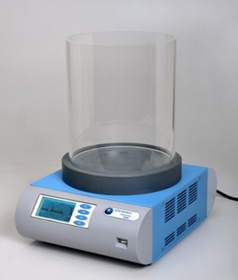
The Hot/Cold Plate
The device, the Hot/Cold plate is used to test the sensitivity to the heat of the animals, pain arising as a result of exposure to heat or cold, as a useful tool for the screening of analgesic drugs in experimental models in animals (rodents).
ROTAROD APPARATUS
The device can be used to evaluate the effect of the drug on the coordination of the motor or of the resistance to fatigue in rodents. The “Fly-the-Road” is essential in the screening of drugs potentially active, or who have a knock-on effect on motor coordination.
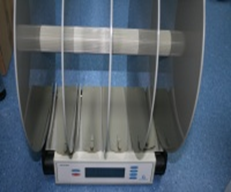
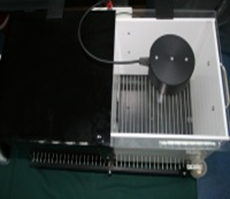
A device for testing the behavior of a passive avoidance
The device can be used to assess learning and memory in animal models of disorders of the central nervous system. The test, passive avoidance, is used for the evaluation of the memory on the basis of the combination formed in a particular context, and that the animal learns to avoid an aversive stimulus is represented by a slight shock at the level of the member. The device is divided into two parts, one of them is dimly lit, and the favourite of the animal, and the other one is a mighty bright.
CatWalk™XT System
The CatWalk™XT Is a tool for highly sensitive for the assessment of gait and locomotion in laboratory animals, mainly rodents. The animal goes through a pane of glass. the prints are all taken from a video camera. The animals move freely, allowing an accurate record of how the physiological. The system has a program that visualizes the amprentle and calculates the statistical size of the prints, time of your move and the distance of the walk. The method has been validated in numerous designs pathology: Parkinson's disease, spinal cord injury, neuropathic pain, ataxia, cerebellar, and other neurological diseases.
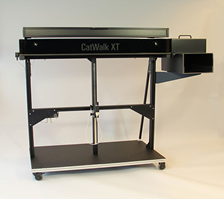
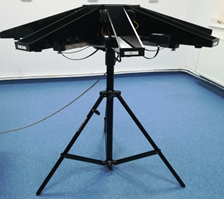
THE COMPACT RADIAL MAZE
Labyrinth's radial is a test used in the memory space of the rodent family.Memory space (learning site), as well as the memory, non-spatial (learning community) can be evaluated in the labyrinth of the radiation. This system is based on the natural tendency of rodents to explore, learn and remember the different places in space.
